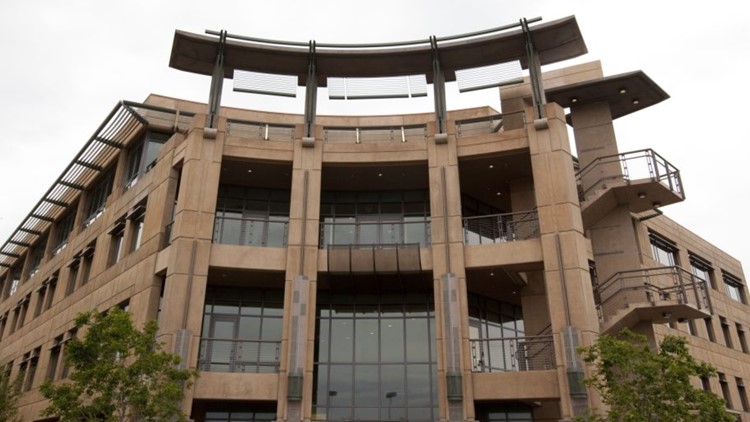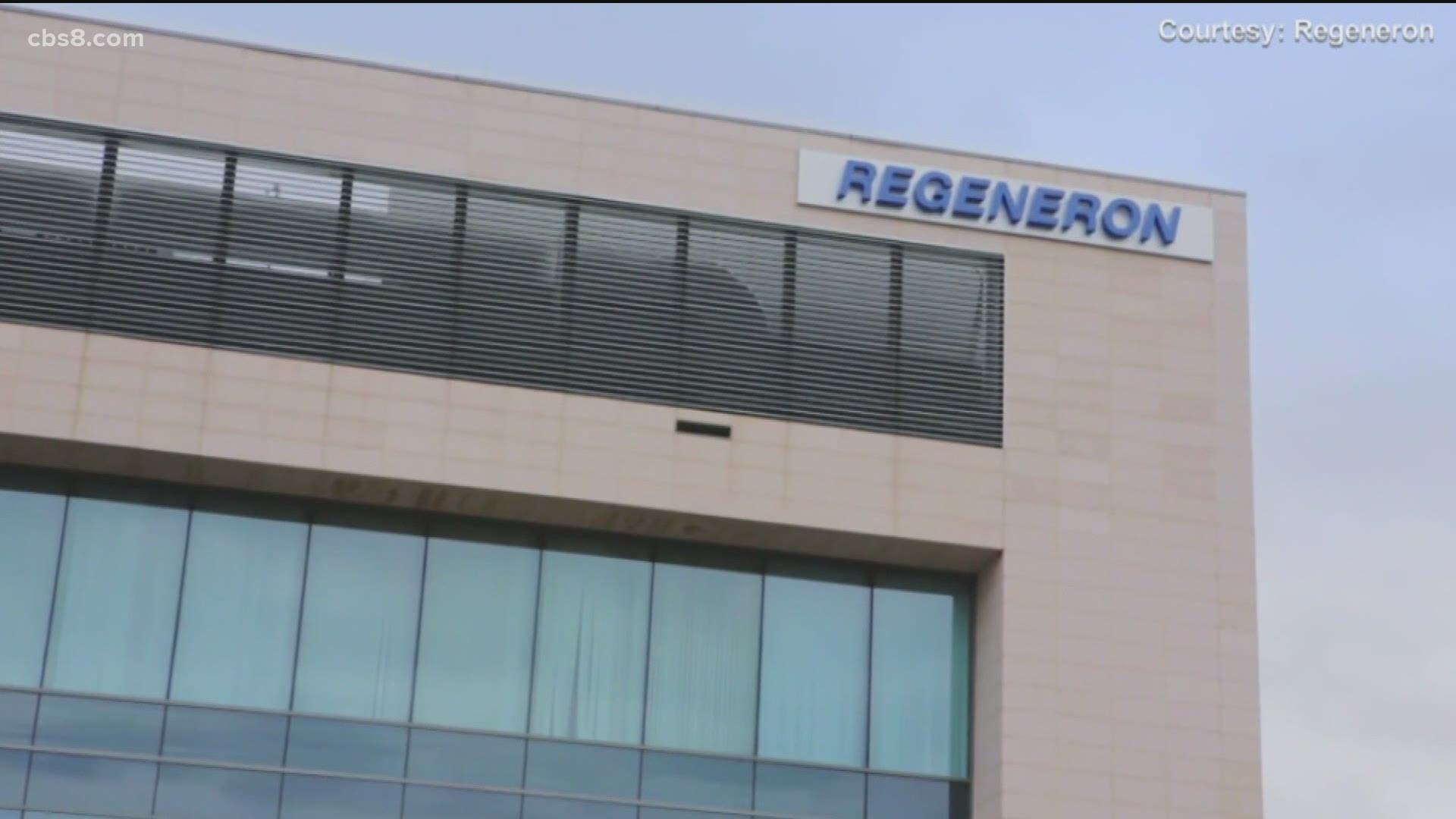CALIFORNIA, USA — California’s stem cell research agency was supposed to be winding down its operations right about now, after a 16-year run and hundreds of millions in grants to scientists researching cutting-edge treatments for diabetes, cancer, Alzheimer’s and other diseases.
Instead, the taxpayer-supported California Institute for Regenerative Medicine (CIRM) will get a $5.5 billion reboot after voters earlier this month narrowly passed the Proposition 14 bond measure. The overall cost of the bonds with interest will total about $7.8 billion.
“We’re thrilled that California voters saw fit to continue the work we’ve done,” said Jonathan Thomas, chair of the agency’s governing board. “California has always had a frontier mentality and a love for the cutting edge, and the work that CIRM has done has put it on the very forefront of regenerative medicine.”
Even with California’s economy in a coronavirus-induced tailspin and some scientists arguing that stem cell research no longer needs taxpayer support, Prop. 14 passed with 51 percent of the vote after well-financed supporters poured nearly $21 million into the Yes on 14 campaign. The measure was essentially a rerun of Proposition 71, which California voters approved in 2004 after a since-revoked federal ban on embryonic stem cell research.
The cash infusion is expected to keep the institute running for another 10 to 15 years, although the agency will see some significant changes under Prop. 14.
The institute also must contend with longstanding concerns over conflicts of interest that have dogged it since its inception, observers say. About 80% of the money distributed has gone to universities and companies tied to agency board members, according to an analysis by longtime agency watchdog David Jensen, a former Sacramento Bee journalist who runs the California Stem Cell Report blog and wrote a book on the institute.
Prop. 14 allows the agency to fund a wider array of research projects — even some that don’t involve stem cells, but instead are related to genetics, personalized medicine and aging.
That’s necessary because the field has evolved, said Paul Knoepfler, a University of California, Davis, professor of cell biology who studies the role of stem cells in cancer and writes a stem cell blog. He received a 2009 grant from the institute.
“Stem cells are interesting and important, but there are going to be a lot of new therapies in the next 10 years that are not stem-cell centric,” Knoepfler said.
Other changes for the agency include:
- Where earlier grants were unrestricted, now at least $1.5 billion of the new money approved by taxpayers must be devoted to research on brain and central nervous system diseases like Alzheimer’s and Parkinson’s.
- Some grants will support training for California State University and community college students. The institute’s board, stocked with scientists, treatment advocates, academic administrators and biotech executives, will grow from 29 members to 35.
- The agency also will add staff to work on improving access and affordability of treatments for patients – a growing concern as some stem cell therapies can cost more than $1 million for a single treatment course. Prop. 14 requires the institute to use any revenue it gets from inventions it supports to help pay for patients’ regenerative medicine treatments, although how that will happen has not yet been worked out.




